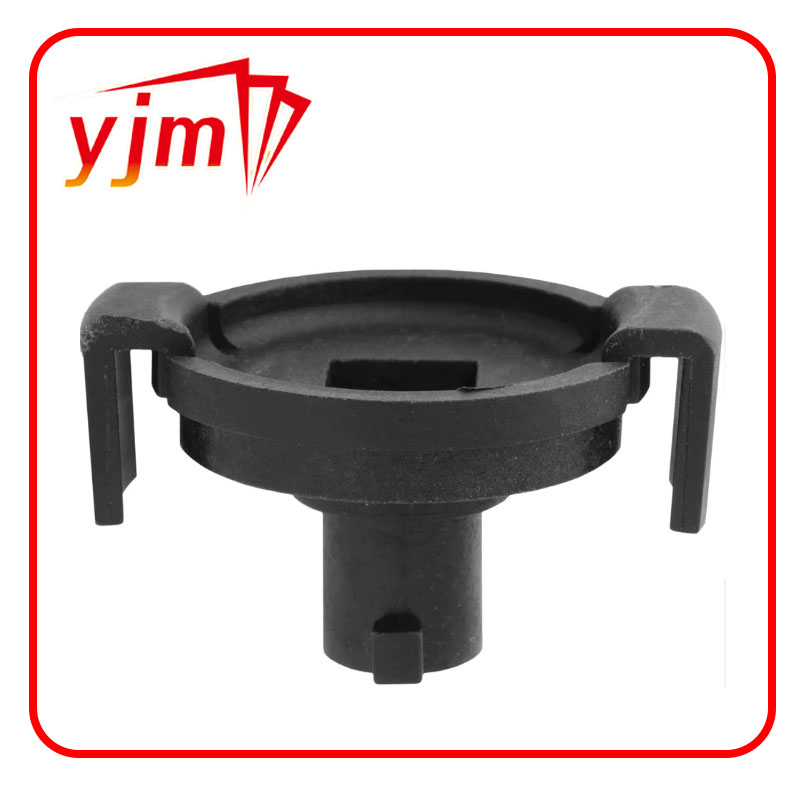Understanding the Functionality and Importance of O-Ring and Backing Ring Combinations in Sealing Applications
The Role of O-Ring Backing Rings in Sealing Applications
O-rings are ubiquitous in the world of sealing technology, serving as a vital component in countless applications. Their compact design and effective sealing capabilities make them a popular choice for engineers and manufacturers alike. However, one often overlooked accessory that significantly enhances the performance of O-rings is the backing ring. This article explores the importance of O-ring backing rings, their types, materials, and applications.
What are O-Ring Backing Rings?
O-ring backing rings are additional components used alongside O-rings to enhance their sealing abilities, especially in high-pressure and high-temperature environments. These rings, typically made from durable materials, are placed in grooves behind the O-ring to provide extra support and prevent the O-ring from extruding under pressure. This is particularly critical in dynamic applications where the seal may be subjected to movement and varying pressures.
Why Use Backing Rings?
The primary function of backing rings is to prevent the O-ring from deforming or squeezing out of its seating area under pressure. Without backing rings, O-rings can experience extrusion, which may lead to seal failures, leaks, and equipment downtime. Backing rings also help in reducing wear on the O-ring, thereby extending its lifespan and maintaining the integrity of the sealing system.
In addition to mechanical support, backing rings can also help manage thermal dynamics. In high-temperature applications, the backing rings can distribute heat more evenly, thus minimizing the thermal stress placed on the O-ring itself. This is crucial for maintaining the performance and reliability of the seal over time.
Types of Backing Rings
o ring backing ring

There are several types of backing rings available, each suited for specific applications. The two most common types are solid backing rings and split backing rings.
- Solid Backing Rings These rings are made from a single piece of material and provide robust support for the O-ring. They are typically used in static applications where the sealing environment is relatively stable. - Split Backing Rings As the name suggests, these rings are divided into two or more segments. They allow for easier installation and removal, making them a popular choice in dynamic applications where maintenance may be required frequently.
Materials Used for Backing Rings
The choice of material for backing rings is critical and depends on the specific application and environment. Common materials include
- Polyvinyl Chloride (PVC) Best for lower pressure applications where chemical resistance is required. - Polyurethane (PU) Known for its abrasion resistance, which makes it suitable for aggressive environments. - Metal Backing rings made from metals like aluminum or brass are often used in high-pressure applications for their strength and rigidity.
Applications of O-Ring Backing Rings
O-ring backing rings find applications across various industries, including automotive, aerospace, oil and gas, pharmaceuticals, and food processing. Anywhere where effective sealing is required and the potential for pressure fluctuation exists, backing rings play a crucial role in ensuring operational effectiveness.
In conclusion, while O-rings are fundamental elements of sealing technology, their performance can be significantly enhanced by the inclusion of backing rings. These components not only prevent extrusion and extend the life of O-rings but also improve the overall reliability of sealing systems in challenging environments. Understanding the role of backing rings is essential for engineers and maintenance personnel aiming to ensure the longevity and performance of their sealing solutions.
-
Understanding Automotive Oil Seals: Essential Components for Engine and Shaft Protection
News Jul.30,2025
-
The Importance of Heavy Duty Seals in Industrial and Residential Applications
News Jul.30,2025
-
Exploring Industrial Oil Seals: From Felt Oil Seals to TTO and CFW Solutions
News Jul.30,2025
-
Essential Guide to Oil Seals: From Radial to Metal-Cased Seals for Industrial Reliability
News Jul.30,2025
-
Choosing the Right Oil Seals and Gaskets for Industrial and Automotive Applications
News Jul.30,2025
-
Cassette Seals: Durable Sealing Solutions for Harsh Environments
News Jul.30,2025
-
Understanding the Front Main Engine Seal: Purpose, Maintenance, and Installation
News Jul.29,2025
Products categories















